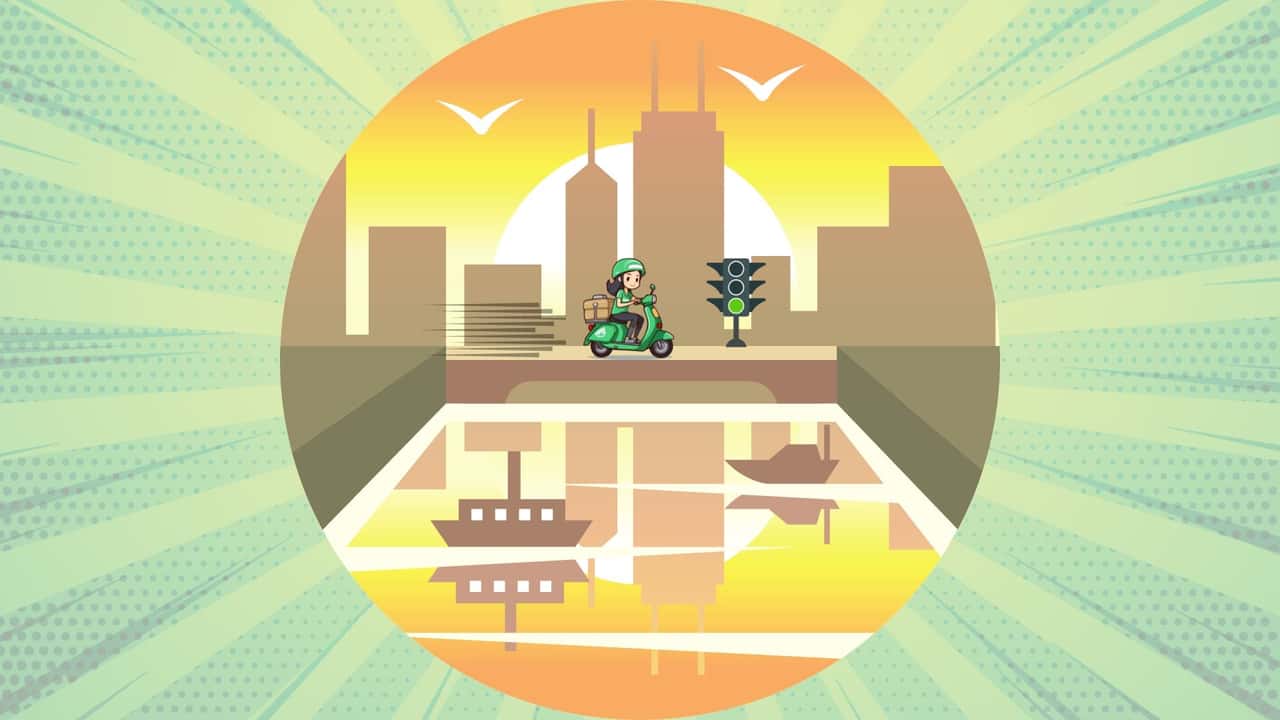Chicago is a great place to ride—that is, depending on the time of day. In that way, I would imagine that it’s probably a lot like most major cities. When traffic is light, you can get where you need to go with minimal interruption. Since you’re not expending all your mental and physical energy concentrating on stop-and-go traffic, you have more capacity to enjoy every sensory delight that your city has to offer. Super early in the morning or extremely late at night are absolute dreams for low-stress riding.
Of course, very few of us can consistently choose what time we need to go out and do things. Most of us have jobs, errands, appointments, family obligations, meetups with friends—you know, the stuff of everyday life. If you live or work in a city like Chicago, chances are good that you’ve been stuck in some gnarly traffic snarls more than once (and that’s not even touching on construction).
Enter Google’s Project Green Light. The company’s Google Research arm announced the initiative in October 2023, with a stated goal of improving traffic flow at busy urban intersections. The goal is emissions reduction, because all those idling vehicles at stops can produce significantly higher amounts of pollution than when the vehicles are in motion.
That’s a problem for people (and animals) in the area, most of whom generally enjoy breathing fresh air. Also, being stuck at red lights is annoying. There has to be a better way, right?
That’s exactly what Project Green Light is meant to address, says Google. Using a combination of all that delicious Google Maps driving data that it’s been collecting from navigation-hungry travelers over the years, Google is using AI analysis of traffic patterns to help guide city officials to optimize their traffic lights.
At the time of writing, Google says that Green Light is currently live at 70 intersections across 12 cities around the world: Abu Dhabi, Bali, Bangalore, Budapest, Haifa, Hamburg, Hyderabad, Jakarta, Kolkata, Manchester, Rio de Janeiro, and Seattle.
According to Google’s early results from PGL, it’s seen up to a 30 percent reduction in stopped vehicles, on top of an estimated 10 percent reduction in emissions at intersections. If those numbers are accurate, that’s good news for everyone involved—riders, drivers, and people who enjoy breathing.
What Sets Project Green Light Apart
Depending on what flavor of nerd you are, you may or may not have encountered the idea of traffic light optimization well before this point. If traffic lights are timed, then why isn’t it possible for whatever governing body is in control of those lights to alter the timing to better fit the needs of the local population?
Sometimes, it’s a simple matter of being understaffed. However, as with so many other things in life, other factors including prohibitive costs and/or steep learning curves on new equipment can put a damper on much-needed change.
Google’s Project Green Light is different, the company says, because it’s free of charge (at least, at the moment). City officials can currently sign up for a waiting list if they want to see how Google can help their area, but the analysis uses Google Maps traffic data to analyze intersections and make recommendations.
The resulting advice involves adjusting the timing of traffic lights to better match the flow of traffic, as well as to minimize bottlenecks. While no one has done a survey of city officials yet, I’m reasonably sure that 100 percent of city officials like it when you use the word “free.”
If it works as advertised, I’m cautiously optimistic about this kind of use of all the data that Google Maps collects every time we use it. After all, if that data is being collected anyway, why shouldn’t it be put to use for the potential benefit of everyone? (If anyone needs me, I'll be over here hanging up my “I Want to Believe” poster.)
What do you think about Project Green Light? Would you like to see officials in your area give it a try? Let us know in the comments.
Sources: Google, Google Research, Wired


